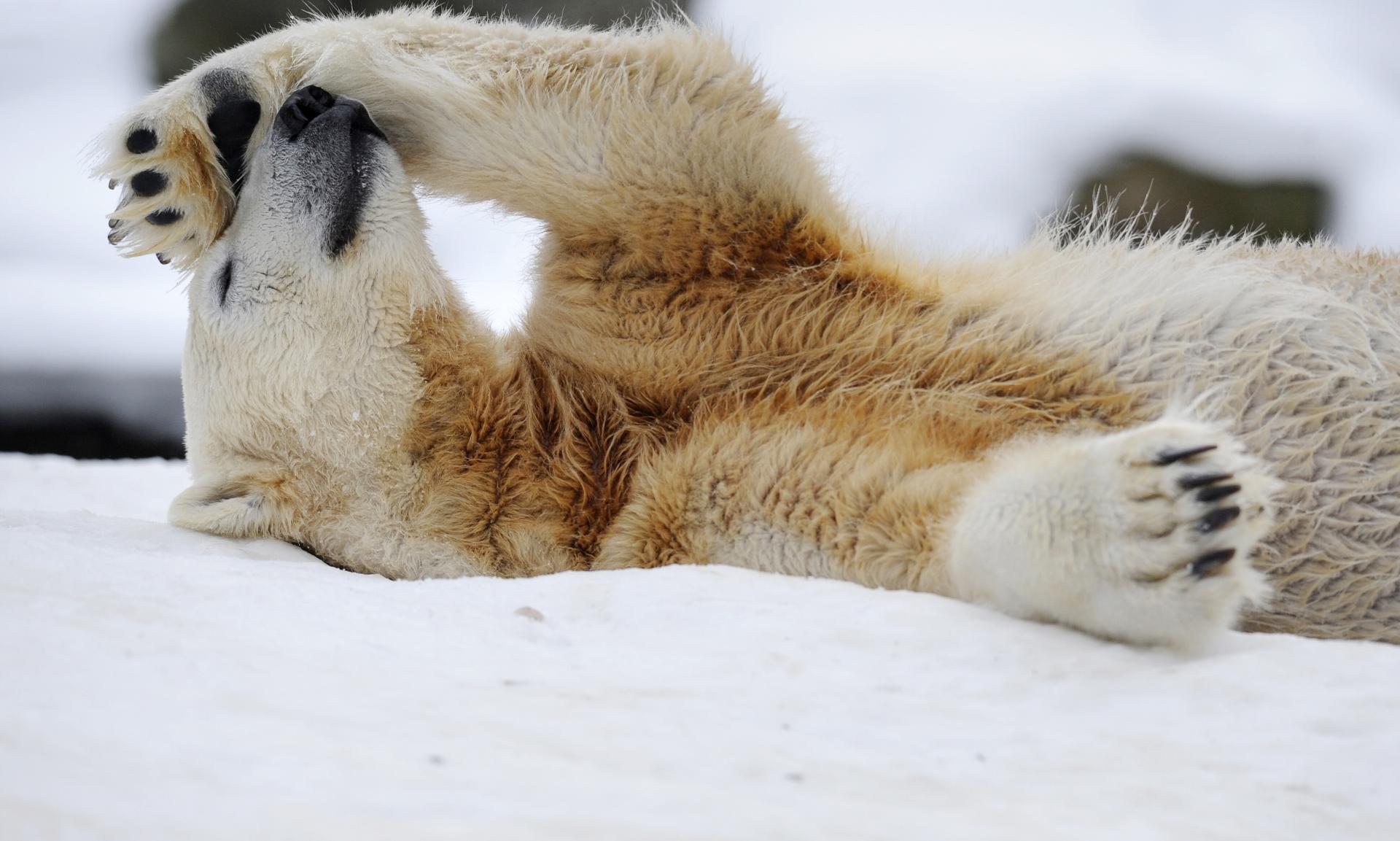Polar bear at Oregon Zoo helps in studying climate change’s effects (VIDEO)
A polar bear at the Oregon zoo is being fitted with a high-tech collar to track the effects of climate change on the bear’s behavior.
Polar bears and their icy habitat are bearing the brunt of climate change, according to researchers.
To better understand how climate affects the bears, researchers from the US Geological Survey decided to strap a collar on a real-life bear and observe.
The collar, placed on "Tasus," a bear at the Oregon Zoo, will create a "digital fingerprint" of her behavior.
"Our research shows that polar bears are being displaced from sea ice habitats they formerly used," said study author Anthony Pagano, of the USGS Alaska Science Center, in a press release.
"This collaborative project with the Oregon Zoo will help us understand the implications between going to land or staying with the ice as it retreats hundreds of kilometer s north into the Arctic Basin."
The study chose a captive bear initially with the plan to later put collars on wild polar bears and assess the differences.
The collar will track the movements, meals and every other action of the bear. Researchers will create a database of polar bear movements that will be compared with that of their wild peers.
The overall goal is to see how climate change is changing the bears' habits from eating to how much they walk.
"There's a lot we need to learn about how climate change is affecting polar bears,” said Amy Cutting, Oregon Zoo curator, "so it's very rewarding to see Tasul offering researchers a chance to study this threatened species in a new way."
Every day, reporters and producers at The World are hard at work bringing you human-centered news from across the globe. But we can’t do it without you. We need your support to ensure we can continue this work for another year.
Make a gift today, and you’ll help us unlock a matching gift of $67,000!
